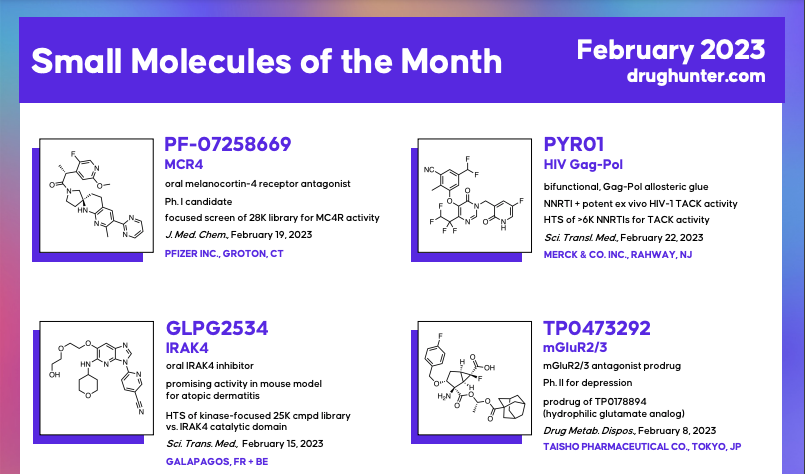Yan Chen
Immunology and Kinase Drug Discovery
Yan Chen has twenty years of experience in small molecule drug discovery as a medicinal chemist. Yan has worked in the Bay Area biotech companies Theravance Biopharma, Inc. and Rigel Pharmaceutical Inc., focusing on protein kinase and GPCR therapeutic targets, for the treatment of diseases covering immunology, oncology, CNS and respiratory areas. Yan was part of the discovery teams, in some of which as leader or co-leader, that discovered a total of eight clinical candidates including one approved drug and a few others that have successfully completed Phase II trials. Yan received her PhD degree in organic chemistry from Professor John Snyder’s group at Boston University, and completed postdoctoral training with Professor Dale Boger at The Scripps Research Institute (known as Scripps Research).
More from Yan
Join the Drug Hunter Mailing List
to get free content and resources weekly. Trusted by >15,000 drug hunters worldwide. Unsubscribe anytime.
